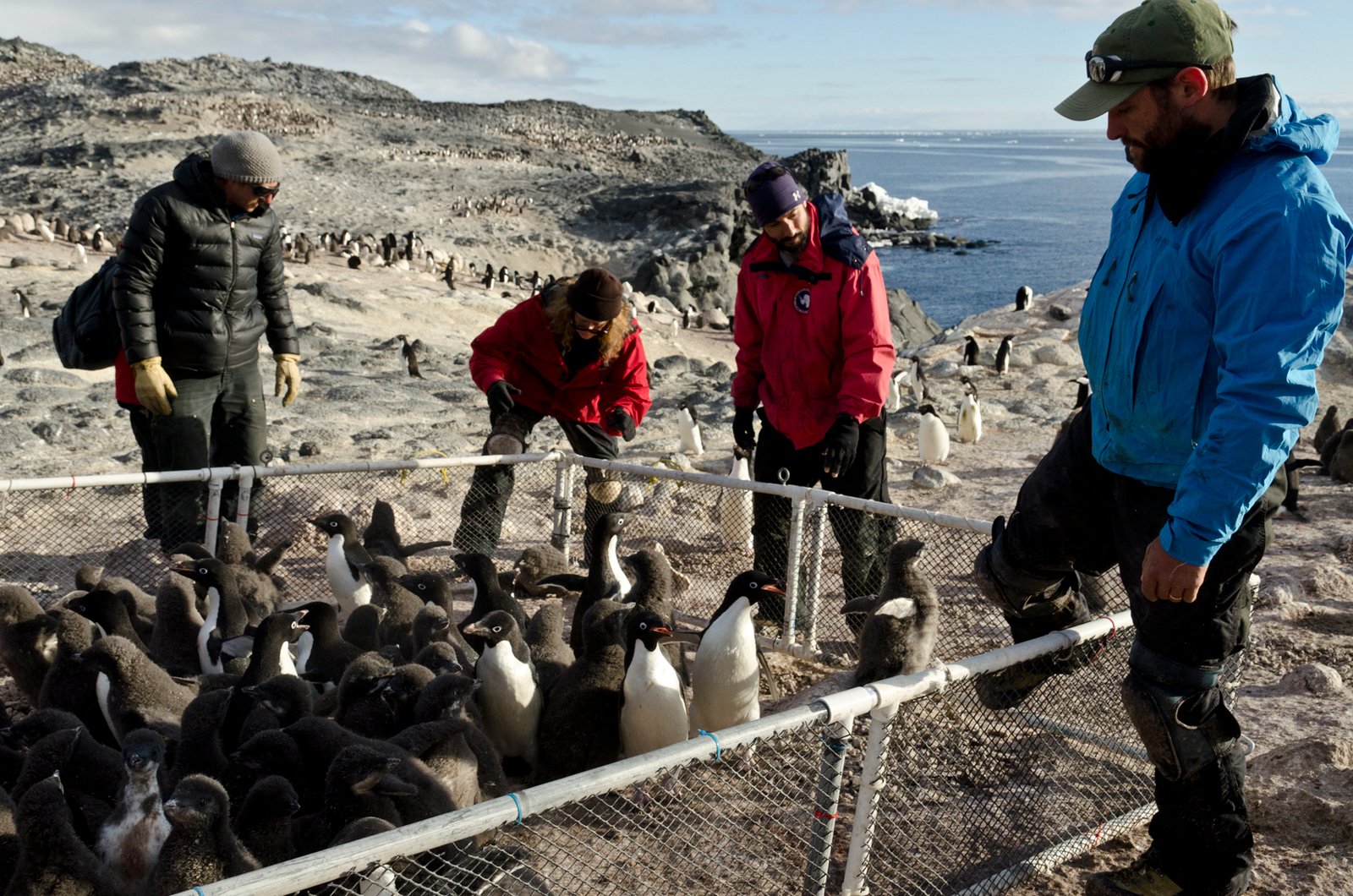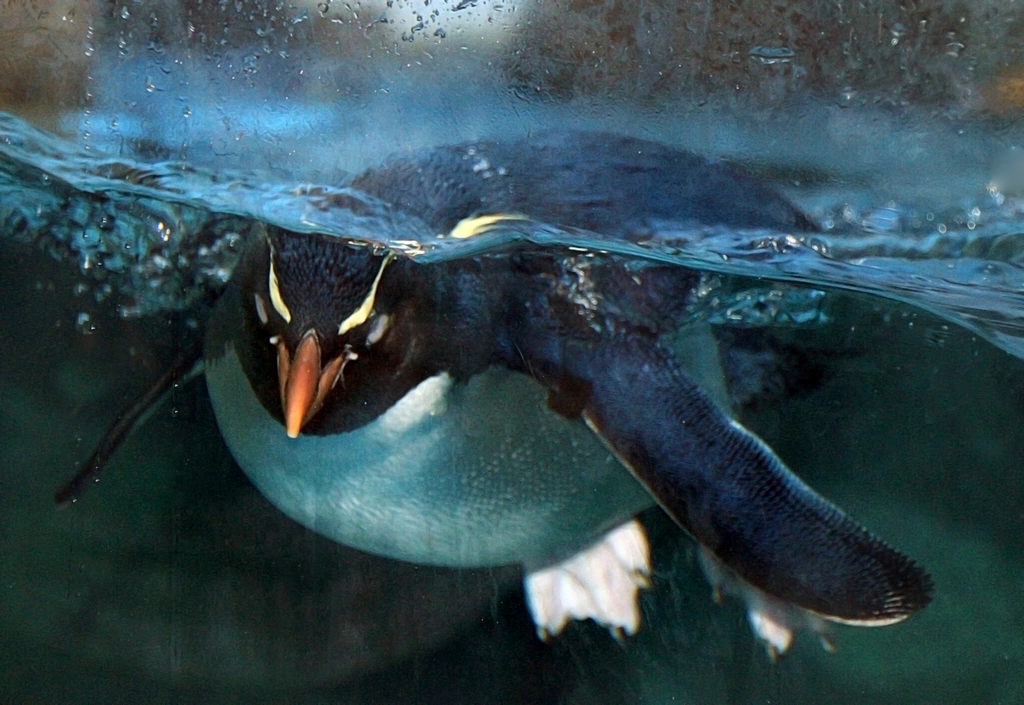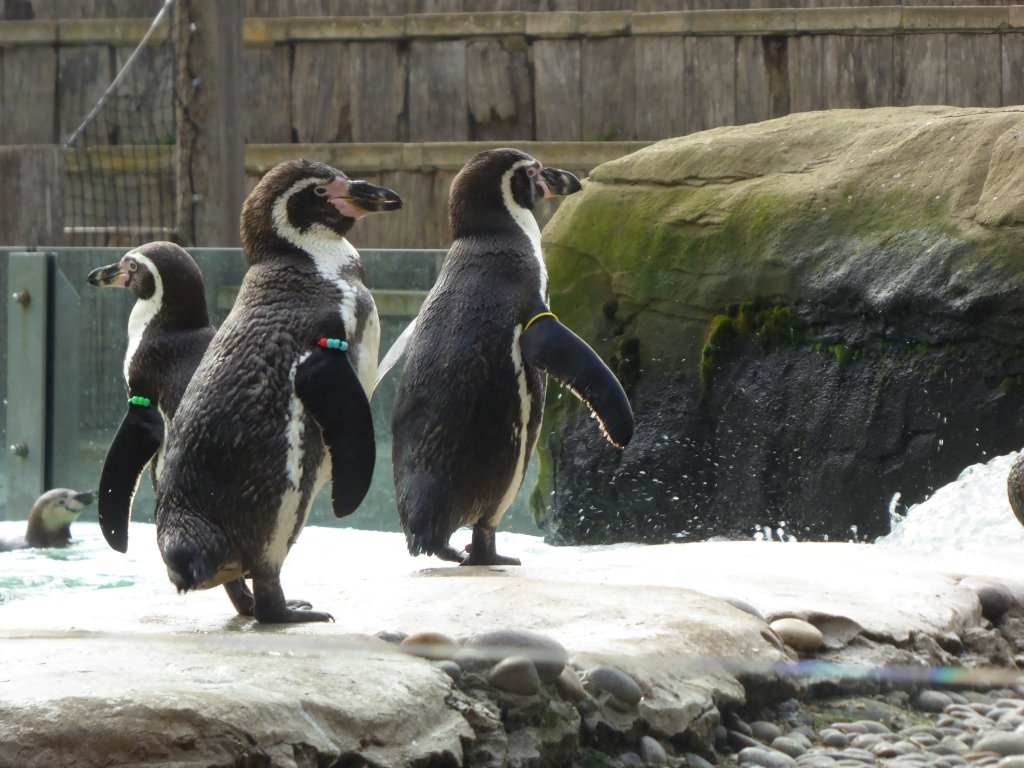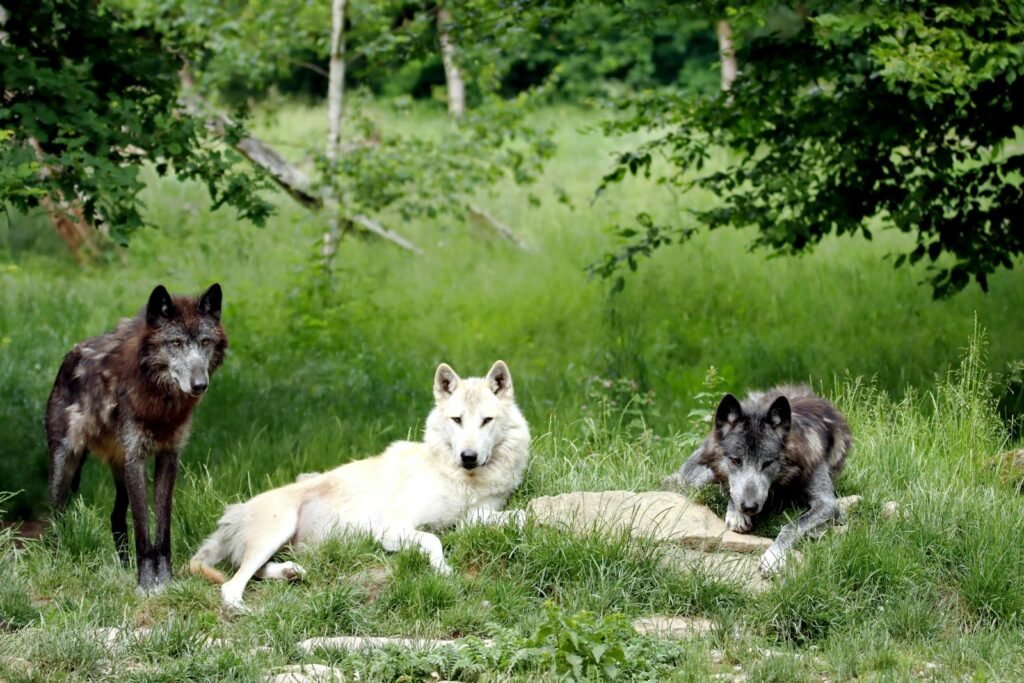A biting wind sweeps across the icy shores of Antarctica. Amid the swirling snow and the relentless cold, a colony of penguins huddles together for warmth, their tuxedoed bodies a striking contrast to the endless white. But it isn’t just the harsh elements that threaten these remarkable birds—it’s us. Behind the scenes, a tangled web of regulations, permits, and international politics quietly shapes the fate of penguins. The story of these beloved creatures is not just a tale of survival against nature, but a gripping account of how human bureaucracy can either shield or endanger some of Earth’s most charismatic wildlife. Their future now hangs in the balance of paperwork, policies, and people with the power to make a difference—or let them slip away.
The Marvel of Penguin Biodiversity
Penguins are more than just adorable icons of the frozen south; they are living testaments to nature’s creativity. With over 18 species ranging from the towering Emperor penguin to the tiny Little Blue, these birds have adapted to some of the planet’s harshest environments. Each species fills a unique niche, surviving in climates from the icy Antarctic to the temperate coasts of South America and Africa. Their specialized feathers, streamlined bodies, and incredible diving skills make them masters of their domain. Yet, their diversity also makes them vulnerable, as each species faces unique threats. From climate change to habitat loss, their survival depends on the delicate balance of their ecosystems—and the human rules that govern them.
Global Treaties: Guardians or Gatekeepers?
International agreements like the Antarctic Treaty System and the Convention on the Conservation of Antarctic Marine Living Resources were designed to protect penguins and their habitats. These treaties set rules for fishing, tourism, and scientific research in sensitive areas. On paper, they offer a safety net for wildlife, but real-world enforcement can be patchy and slow. Countries must agree on every action, which means that progress often gets bogged down in endless debates and paperwork. While these treaties have helped prevent some of the worst abuses, they can also become bureaucratic roadblocks, delaying urgent action when penguin populations are already plummeting.
Red Tape on the Ice: How Bureaucracy Shapes Conservation
Bureaucracy isn’t just about forms and signatures; it’s about who gets to decide what happens in the wild. For penguins, every conservation effort—whether it’s creating a new marine reserve or limiting fishing quotas—requires layers of approval from local, national, and international bodies. Sometimes, this process saves lives. But often, it means that by the time a permit is granted or a plan is approved, the crisis has already escalated. Conservationists find themselves caught between passion for wildlife and the slow grind of officialdom. These delays can mean the difference between a thriving colony and a vanished one.
Penguins and Politics: Unlikely Victims of Negotiation
It might seem strange to imagine penguins in the middle of a diplomatic tug-of-war, but that’s the reality. Political negotiations over fishing rights, climate policy, and land use often leave penguins as collateral damage. Countries with competing interests—such as expanding fisheries versus conserving wildlife—can stall critical protections for years. Even when scientists sound the alarm, their warnings may be drowned out by the noise of political compromise. The penguins themselves have no voice in these discussions, yet their fate is determined in distant conference rooms, far from the icy shores they call home.
The Role of Science in Navigating Bureaucracy

Science is the torchbearer for penguin conservation, shining light on urgent problems and proposing solutions. Researchers track population trends, monitor breeding success, and study the impacts of fishing and climate change. Their findings often form the backbone of conservation policies. But translating science into action is rarely straightforward. Reports must be reviewed, debated, and accepted by committees—sometimes at a glacial pace. While science can guide policy, it takes determination and advocacy to make sure that evidence isn’t drowned out by administrative inertia.
Climate Change: A Crisis Outpacing Policy
Warming oceans, melting ice, and shifting prey populations are reshuffling the rules of survival for penguins. Entire colonies have disappeared as sea ice vanishes, leaving birds with nowhere to breed or feed. Yet, the wheels of climate policy turn slowly. National commitments to reduce greenhouse gas emissions often fall short, and adaptation plans may take years to implement. For penguins on the front lines of change, time is a luxury they simply don’t have. The disconnect between the urgency of the crisis and the sluggishness of policy is stark—and heartbreaking.
Fisheries Management: The Prey-Penguin Dilemma

Penguins depend on abundant fish and krill to survive, but these resources are hotly contested by commercial fisheries. Managing these fisheries requires a delicate balance between economic needs and ecological reality. Regulations must be negotiated, quotas set, and violations policed. Unfortunately, loopholes, illegal fishing, and slow bureaucratic responses can tip the scales against penguins. When food disappears from their hunting grounds, entire generations of chicks may starve. The battle between commerce and conservation is often fought in boardrooms, with penguins left waiting for the outcome.
Tourism: A Double-Edged Sword

Penguin tourism brings people face-to-face with wild colonies, inspiring awe and raising awareness. But it also introduces new challenges. Large numbers of visitors can disturb nesting birds, spread diseases, and trample fragile habitats. To prevent harm, strict guidelines and permits are required—but enforcing these rules takes resources and coordination. Sometimes, bureaucracy can help by setting limits and ensuring responsible behavior. Other times, it struggles to keep up with the booming demand for polar travel. The line between education and exploitation is thin, and penguins walk it every season.
Grassroots Activism vs. Institutional Obstacles
Ordinary people have played a huge role in protecting penguins, from organizing beach cleanups to lobbying for stronger laws. Grassroots movements can raise the alarm faster than official channels, rallying public support and pressuring governments to act. Yet, even the most passionate campaigns must ultimately confront bureaucracy. Petitions, protests, and public outcry may sway opinion, but turning that energy into lasting change means navigating complex legal and political systems. Success often hinges on persistence, partnerships, and finding allies within the very structures that can seem so impersonal.
Hope in Innovation: Creative Solutions for Penguin Protection
Despite the obstacles, there are glimmers of hope. New technologies—like satellite tracking and remote cameras—are helping scientists monitor penguin colonies in real time. Innovative policies, such as ecosystem-based management and flexible fishing closures, are starting to gain traction. Some governments are experimenting with faster, more adaptive regulations that respond quickly to emerging threats. Collaboration between countries, scientists, and local communities is proving that positive change is possible, even within the maze of bureaucracy. These breakthroughs show that, with creativity and determination, we can tip the balance in favor of penguins.
What’s at Stake for Us All
Penguins are more than just endearing animals on postcards. They are sentinels of ocean health, indicators of global change, and reminders of our shared responsibility. Their struggle shines a spotlight on how human systems—no matter how well-intentioned—can sometimes hinder the very conservation they aim to achieve. As we wrestle with bureaucracy, politics, and the pace of progress, the world watches to see if we can rise to the challenge. The fate of penguins, and the ecosystems they represent, rests not just on scientific facts or passionate pleas, but on the choices we make and the systems we create. Are we willing to change for them?


